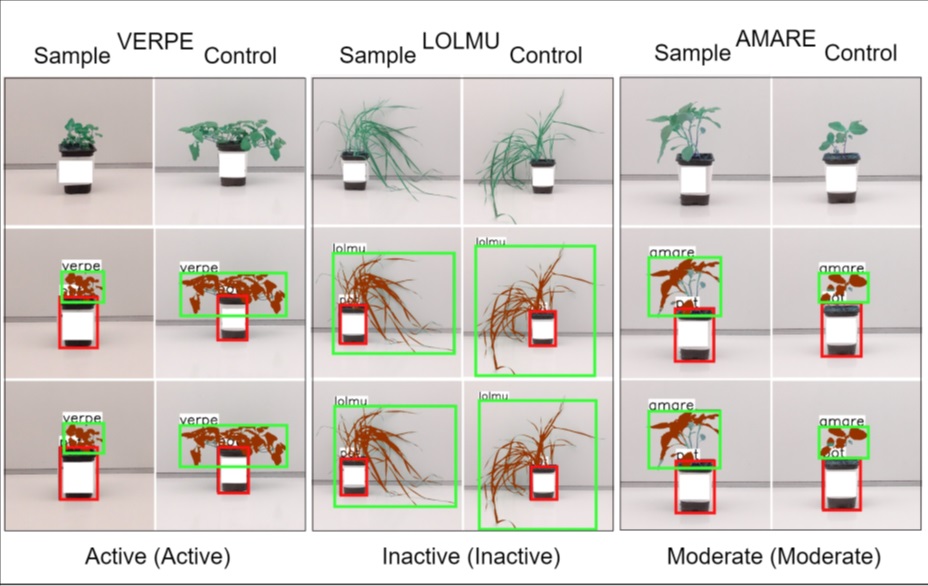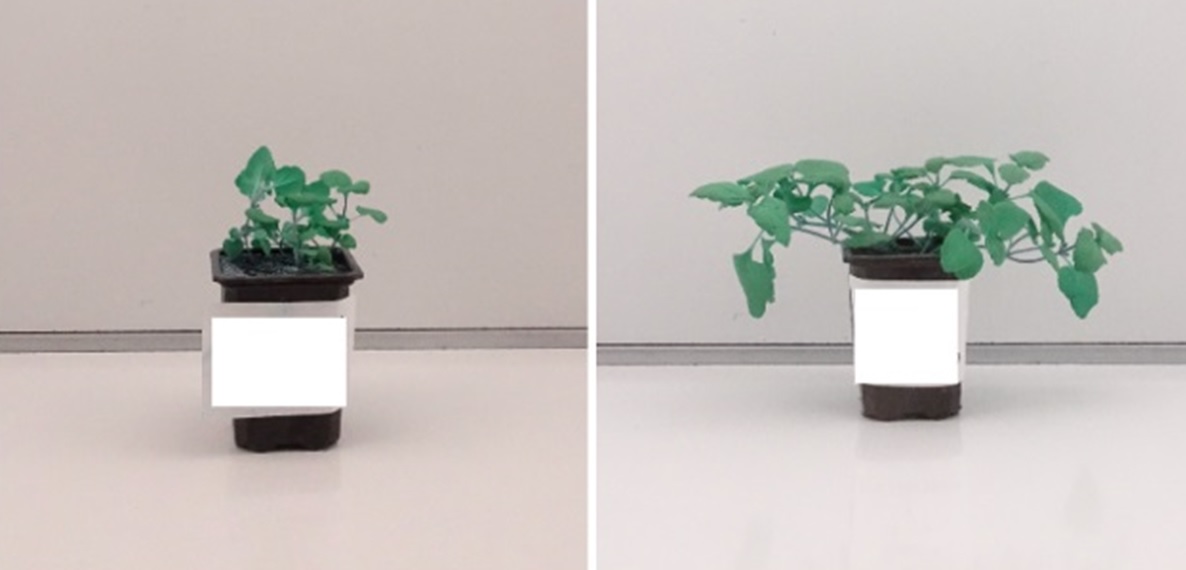Created as part of a collaborative project between Loughborough University computer scientists and agricultural biotech firm Moa, the AI system aims to eliminate the need for manual assessments of how well herbicides – chemicals used to kill weeds – work.
Traditionally, assessing herbicide effectiveness relies on human experts visually determining weed growth after chemical exposure – a slow and labour-intensive process. The new AI system automates this task, making it faster, more accurate, and highly scalable.
“By integrating AI and advanced monitoring techniques, the agrochemical industry can ensure smarter, more sustainable herbicide development and use, helping achieve global sustainability goals by protecting ecosystems and natural resources”, said Professor Baihua Li, an expert in AI and computer vision and the Loughborough University project lead.
“We believe this collaboration sets the stage for continued innovation in AI-driven agricultural solutions. It shows how modern technologies can be harnessed to drive more efficient and environmentally responsible farming practices.”
The urgent need for new herbicides
Farmers have long struggled with weeds as they compete with crops for moisture, nutrients, and sunlight, reducing yields and threatening food production. For over 50 years, herbicides have been the primary solution; these chemicals interfere with plant biology, killing unwanted weeds while allowing crops to thrive.
However, two major challenges are emerging. Weeds are developing resistance, making existing herbicides less effective. At the same time, scientific evidence is starting to reveal that some herbicides pose environmental and health risks, raising concerns about their long-term use.
There is now an urgent need to develop safer and more effective herbicides that can combat resistant weeds while minimising harm to people and the environment.
Moa, an Oxford University spin-out, is tackling this problem by developing the next generation of weed control solutions. Their scientists use an advanced screening system to identify thousands of potential new ‘Mode of Action (MoA)’ herbicides – chemicals designed to attack weeds in novel ways, including blocking essential enzymes.
The most promising herbicide candidates are tested on a range of common weed species in the company’s greenhouses. After treatment with a herbicide candidate, scientists evaluate weed growth and compare it to untreated control plants to assess the chemical's effectiveness.
Moa is testing thousands of promising chemicals and evaluating their effects on the growth of tens of thousands of test weeds. By automating the assessment process, the AI model minimises errors associated with manual observations and significantly speeds up weed growth measurements. This advancement has the potential to accelerate the development of effective, non-harmful herbicides.
The AI works by analysing images of treated and non-treated weeds and objectively categorises herbicide effectiveness into three levels: ‘Active’ (significant impact, minimal to no weed growth), ‘Moderate’ (partial inhibition of growth), and ‘Inactive’ (no visible impact on weed growth).

This image shows how the AI model evaluates the effectiveness of herbicides on different weed species. Each column represents a different weed type (VERPE, LOLMU, and AMARE) with sample (treated) and control (untreated) plants. The AI analyses weed growth, classifying responses as Active, Inactive, or Moderate, automating what was traditionally a manual and time-consuming process.
The developed AI model was trained on more than 6,000 images of weeds and, when tested using the dataset, the model achieved 95% effective in assessing herbicide effectiveness, with findings set to be published soon in a peer-reviewed journal.
Dr Majedaldein Almahasneh, a Research Associate at Loughborough University, worked on the project with support from the Loughborough academic team, including Professor Li, Dr Haibin Cai and Professor Qinggang Meng.
When asked what the next steps are for this research, Dr Almahasneh said; “Our AI model is now being integrated into Moa’s glasshouse pipelines, to give scientists a standardised, scalable, reproducible process, reducing manual labour and improving the overall quality of assessment.
“AI cannot find and develop new, safe and effective herbicides all on its own, out of nowhere. It needs data: the higher quality the better. Moa has a huge bank of data – having already screened more than 750,000 chemical compounds.
“We are starting to use the AI to help clean up and interrogate this data: re-analysing archived experiments and recovering previously overlooked compounds. This will help us – and AI – to make better decisions.”
Moa and Loughborough University collaborated to create the AI model as part of a Knowledge Transfer Partnership (KTP) – a UK government-backed initiative that connects businesses with university researchers to drive innovation.
Dr Nasir Rajabi, Principal Scientist at Moa Technology, said: “While AI on its own cannot find a new generation of modern, safe and effective herbicides to help farmers protect their harvests, tools like this, co-created with the Loughborough KTP team, are playing a vital role in helping us accelerate our discoveries.”
Additional information:
This research - funded by UK Research and Innovation (UKRI) through a Knowledge Transfer Partnership - is part of a broader body of work by Loughborough University computer scientists exploring how AI can address global and environmental challenges. Professors Li and Meng recently announced the development of AI tools to help reduce greenhouse gas emissions from livestock farming and land use, supporting net zero goals. Details on that project can be found in the dedicated press release.

